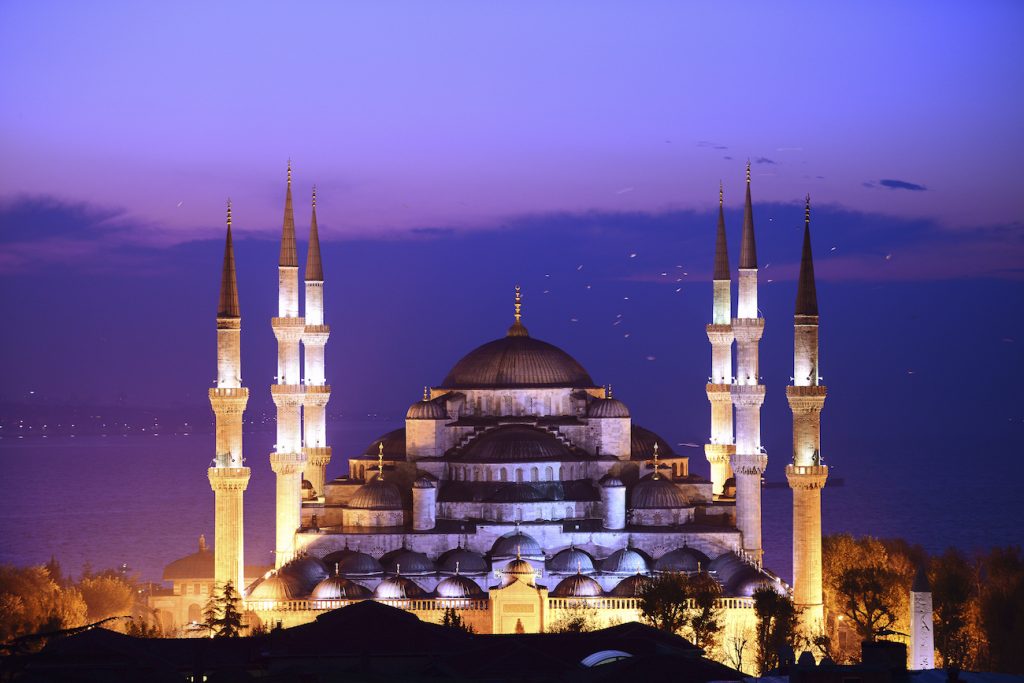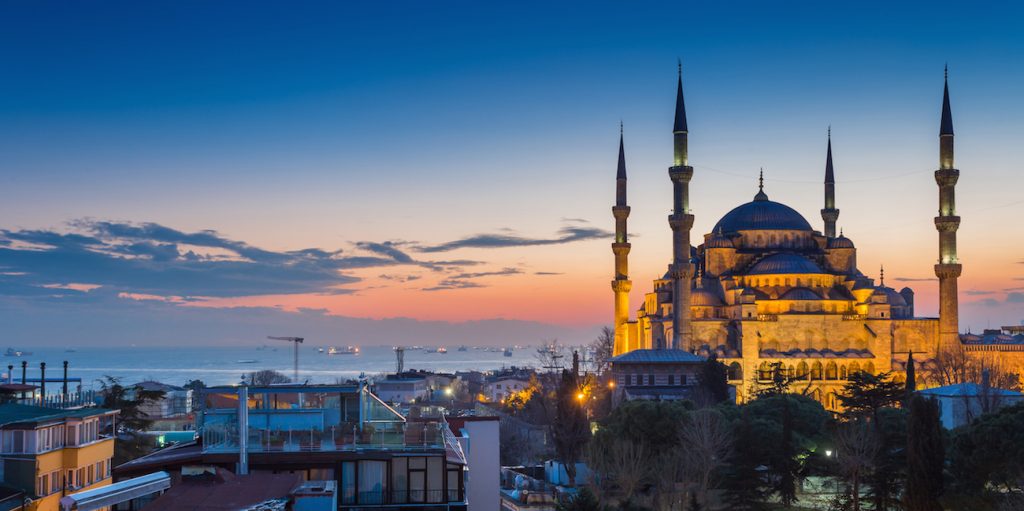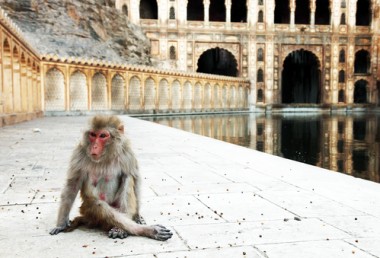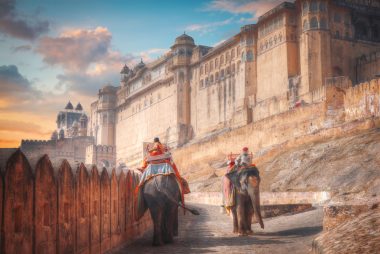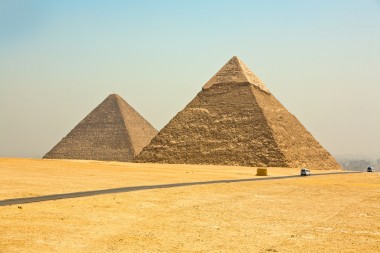Ephesus Ancient City
The ancient city Ephesus is located in Selcuk, a small town 30km away from Kusadasi, which is where our ferry landed from the Greek Islands. It was late when we arrived but we ventured out of our hotel to find some turkish kebabs and rice. Yum!
The following morning we booked a taxi to visit Ephesus who insisted we stop at his uncles carpet shop (something that should be expected by every taxi driver in Turkey) but mum bought some carpets and we were on our way to Ephesus.
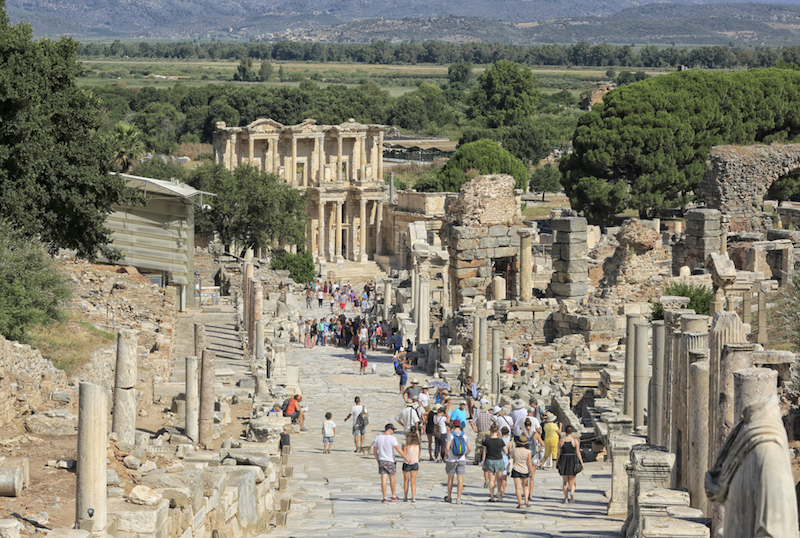
Curetes Street
This site for archaeological remains at Ephesus elegantly reconciles historic conservation with accessibility for visitors. The site of a succession of great ancient civilizations, Ephesus, on the south-west coast of modern Turkey, embodied a peculiarly fertile synthesis of architecture and culture. In 356BC the Greeks built the Artemesium (a colossal Ionic temple dedicated to Artemis the fertility goddess) which was one of the Seven Wonders of the ancient world. During the 2nd century BC, Ephesus was the fourth largest city in the eastern Roman Empire, famous for its Artemesium, the Library of Celsus and its medical school.
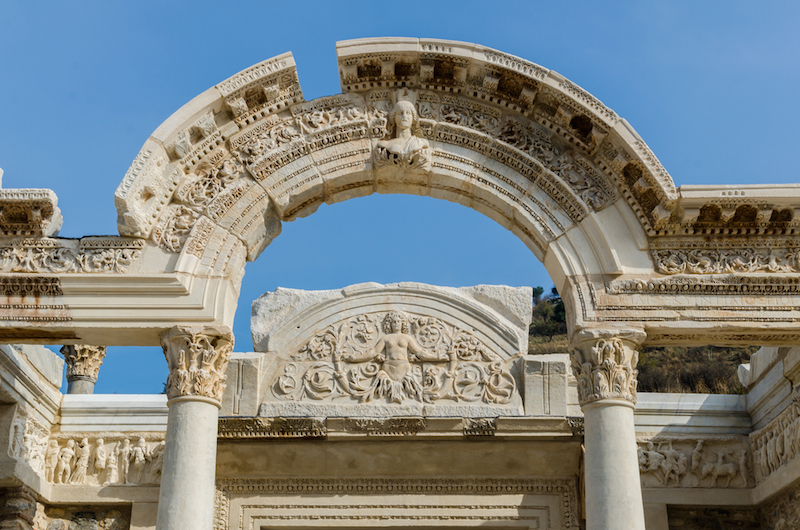
Temple of Hadrian
Laszlo Szirtesi / Shutterstock.com
Hadrian Temple is one of the best preserved and most beautiful structures on Curetes Street. It was built before 138 AD by P. Quintilius and was dedicated to Emperor Hadrian, who came to visit the city from Athens in 128 AD. The facade of the temple has four Corinthian columns supporting a curved arch, in the middle of which contains a relief of Tyche, goddess of victory. The side columns are square. The pedestals with inscriptions in front of the temple, are the bases for the statues of the emperors between 293-305 AD – Diocletian, Maximian, Constantius I, and Galerius; the originals of the statues have not been found.
Parts of the ancient city were destroyed by an earthquake in AD 614 while the other parts remained fairly well preserved and are absolutely incredible to see. Even with the crowds of people, it was pretty amazing to walk around imagining the column-lined avenues, large amphitheaters, and once magnificent buildings teaming with life and activity thousands of years ago.
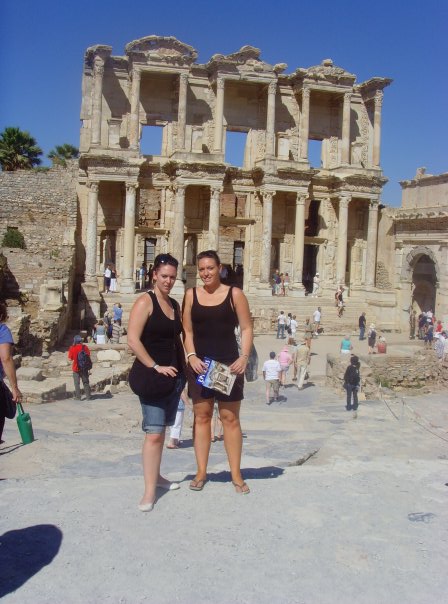 The library of Celsus is an ancient Roman building in Ephesus, Anatolia, now part of Selçuk, Turkey. It was built in honour of the Roman Senator Tiberius Julius Celsus Polemaeanus (completed in 135 AD) by Celsus’ son, Gaius Julius Aquila (consul, 110 AD).
The library of Celsus is an ancient Roman building in Ephesus, Anatolia, now part of Selçuk, Turkey. It was built in honour of the Roman Senator Tiberius Julius Celsus Polemaeanus (completed in 135 AD) by Celsus’ son, Gaius Julius Aquila (consul, 110 AD).The detail in the stonework remaining gives an insight to the skill of the artisans who were involved in the construction.
It is also believed that St John wrote his Gospel here.
The Terrace Houses are the most compelling site in ancient Ephesus for today’s visitor. A separate entrance fee keeps out the bus tour groups allowing the individual an unhurried and nearly solitary period to appreciate these attached villas occupied during the 1st – 7th C AD by the richest and most prestigious Ephesians. They offer insights into the “Lifestyles of the Rich and Famous”. Excavations began in 1960 and are on-going.
The houses were built over several levels rising up the slope of Mt. Bulbul so that the roof of one served as a terrace for house above. Each was two or three stories high with a central courtyard open to the sky for lighting and surrounded on the first floor by living, dining, and entertainment rooms ( image 2) and on the upper floor by bedrooms and other private areas. They were heated by hot air carried through terra cotta pipes and all offered hot and cold running water to private bathrooms. And most stunning are the original wall frescoes and mosaic floors featured in all the houses and left undisturbed by excavation. Some discoveries have been removed to the Selcuk Museum but most remain.
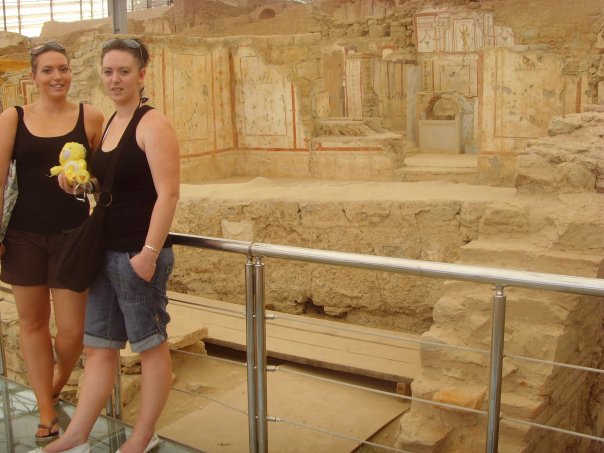
The public toilets and brothel located alongside the structure were first constructed along with the baths in the 1st century A.D. The toilets in Ephesus were ranged side by side with no partition between them. The public toilet system during the ancient days was well developed. Holes were made in the marble and the Romans simply lifted up their togas and relieved themselves sitting down. A drainage system flushed away the waste material into the sea.
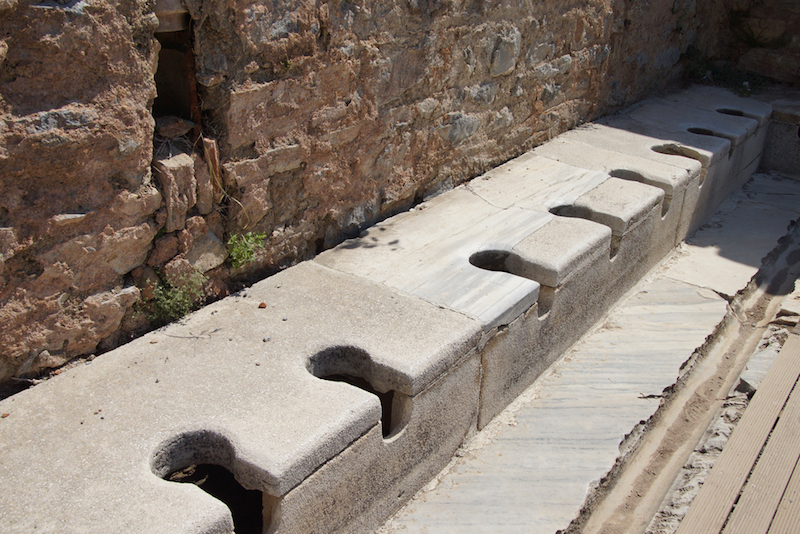
Roman Toilets
Ephesus has been a highlight of our trip. I can’t recommend it enough to anyone visiting Turkey.

